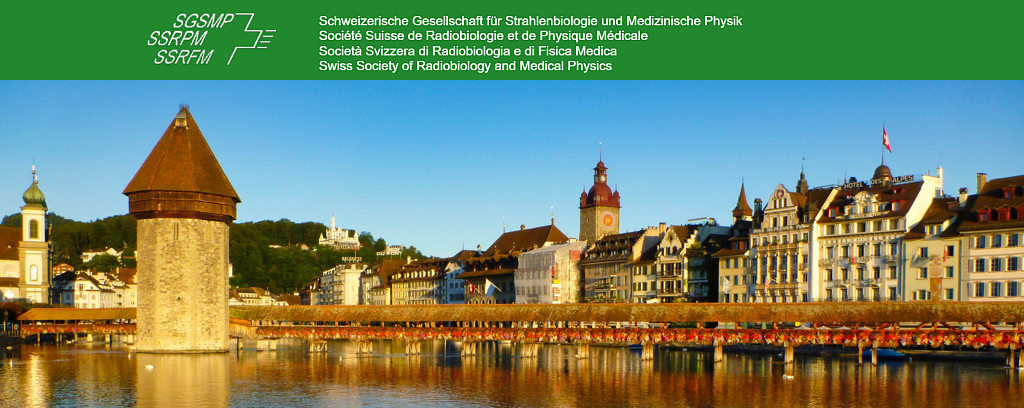Speaker
Description
Purpose: Spatially fractionated radiotherapy (SFRT) is based on the principle of treating the total targeted volume with a non-uniform radiation dose in order to deliver much higher doses to portions of the malignancy. The oldest type of SFRT is known as GRID Radiotherapy (RT) and uses a perforated block positioned directly on the skin of the patient to partially screen the delivered homogenous beam of radiation. Our group at the university if Bern is working on the modern evolution of SFRT: microbeams radiation therapy (MRT). Our main purpose is to translate MRT to the clinic. To achieve our goal, in the last few years, we have extensively tested MRT in preclinical models to understand toxicity and treatment efficacy of this novel technique.
Methods: To generate MRT, we employed two 3rd generation Synchrotron facilities: the European Synchrotron Radiation Facility and the Australian Synchrotron. Synchrotron X-rays possess unique qualities including extremely high dose rates, a very small beam divergence, and a spectrum in the orthovoltage-energy range. These properties allow for the generation of microbeams with a very efficient dose deposition at the target site. Microbeam widths range in size from 25 μm to 100 μm, and the spacing between the microbeams ranges from 200 μm to 400 μm.
Results: Our research has demonstrated that MRT achieves excellent tumor control in several pre-clinical cancer models such as melanoma, lung carcinoma and glioblastoma. The remarkable dose-volume effect achieved by the MRT configuration, at ultra-high “FLASH” dose-rates of up to 12000 Gy/s, show minimal or no normal tissue radiation toxicity. We have demonstrated MRT sparing effects for various normal tissues including skin, lung, liver, and bone.
Conclusion: The preclinical work performed by our group paves the way to MRT clinical application for different types of malignancies.

